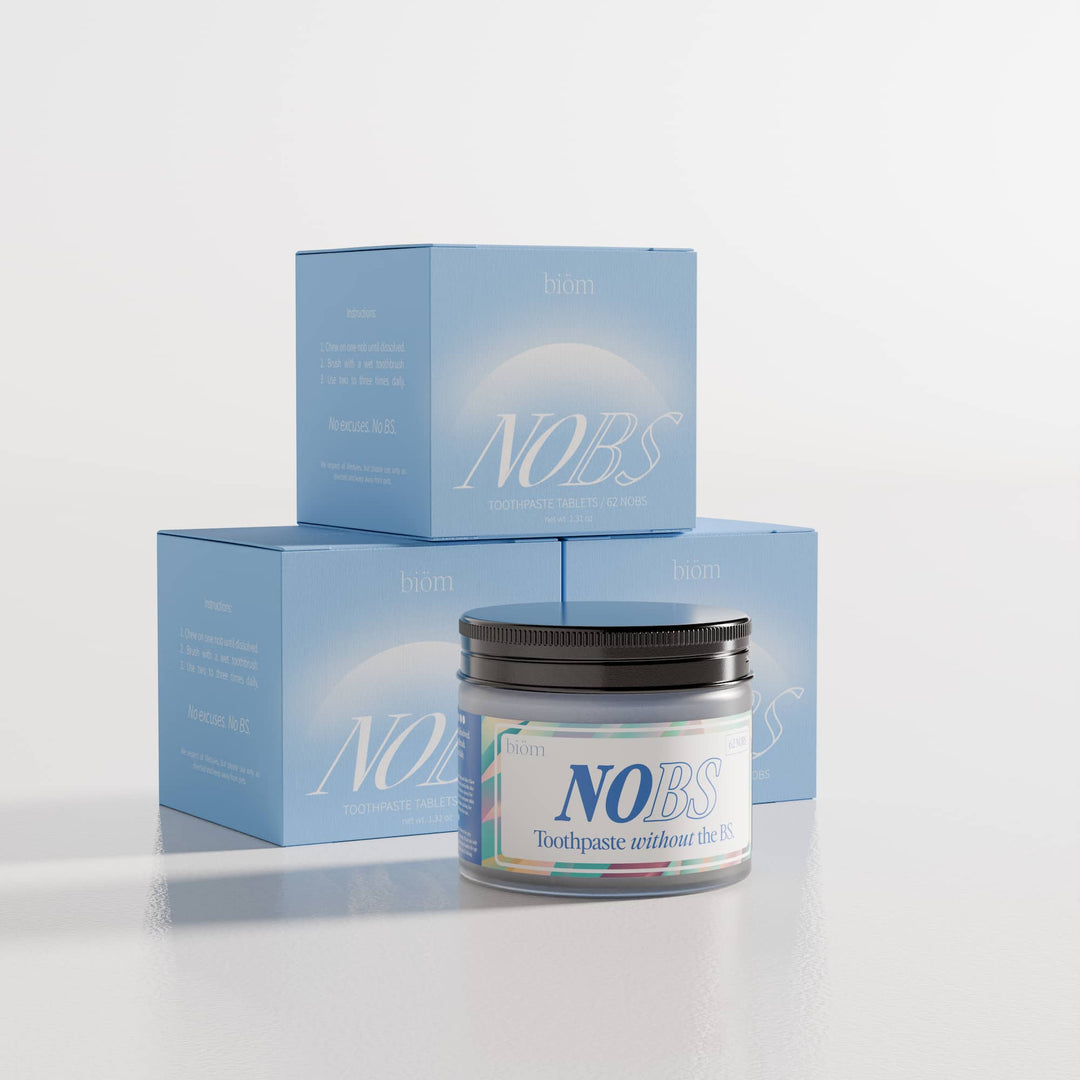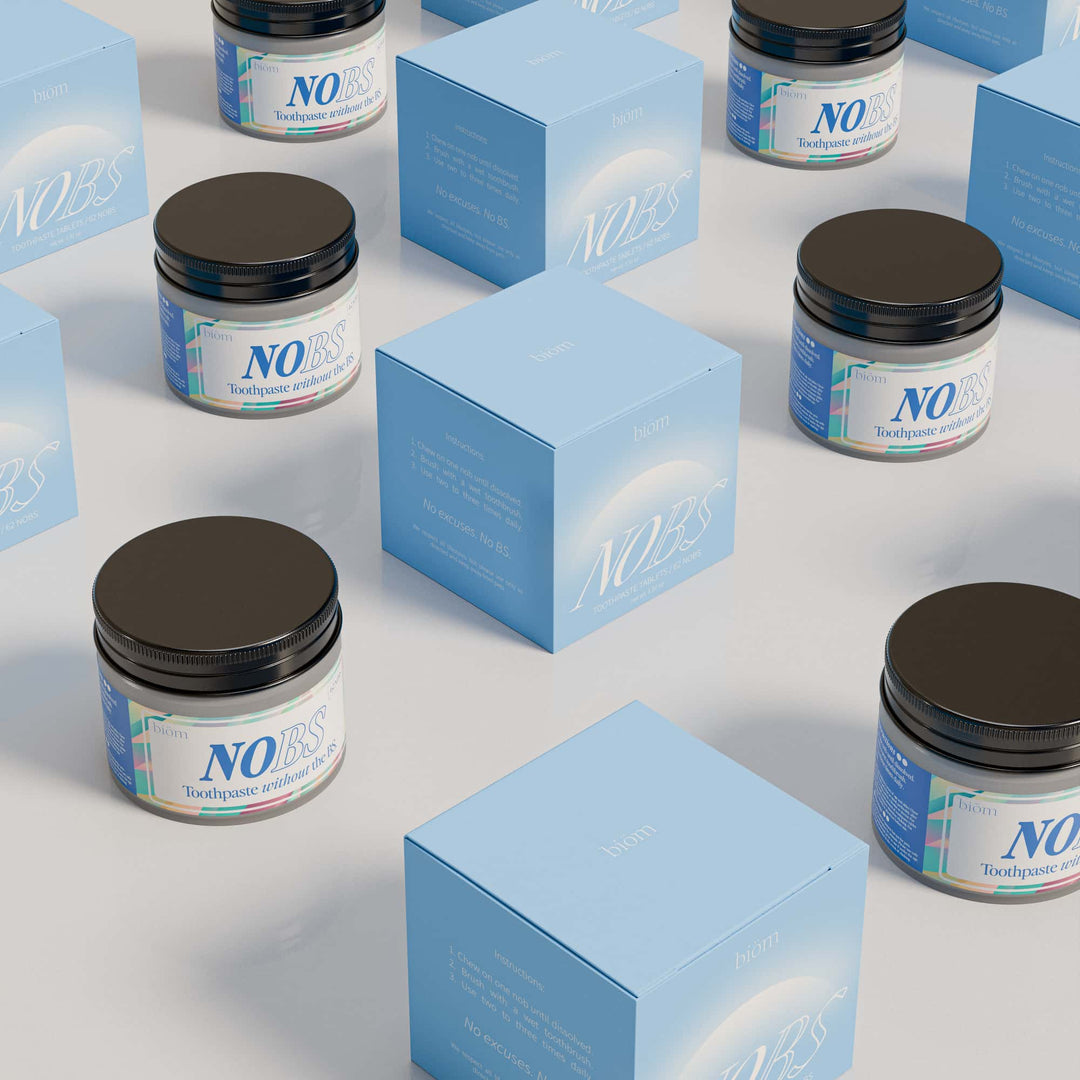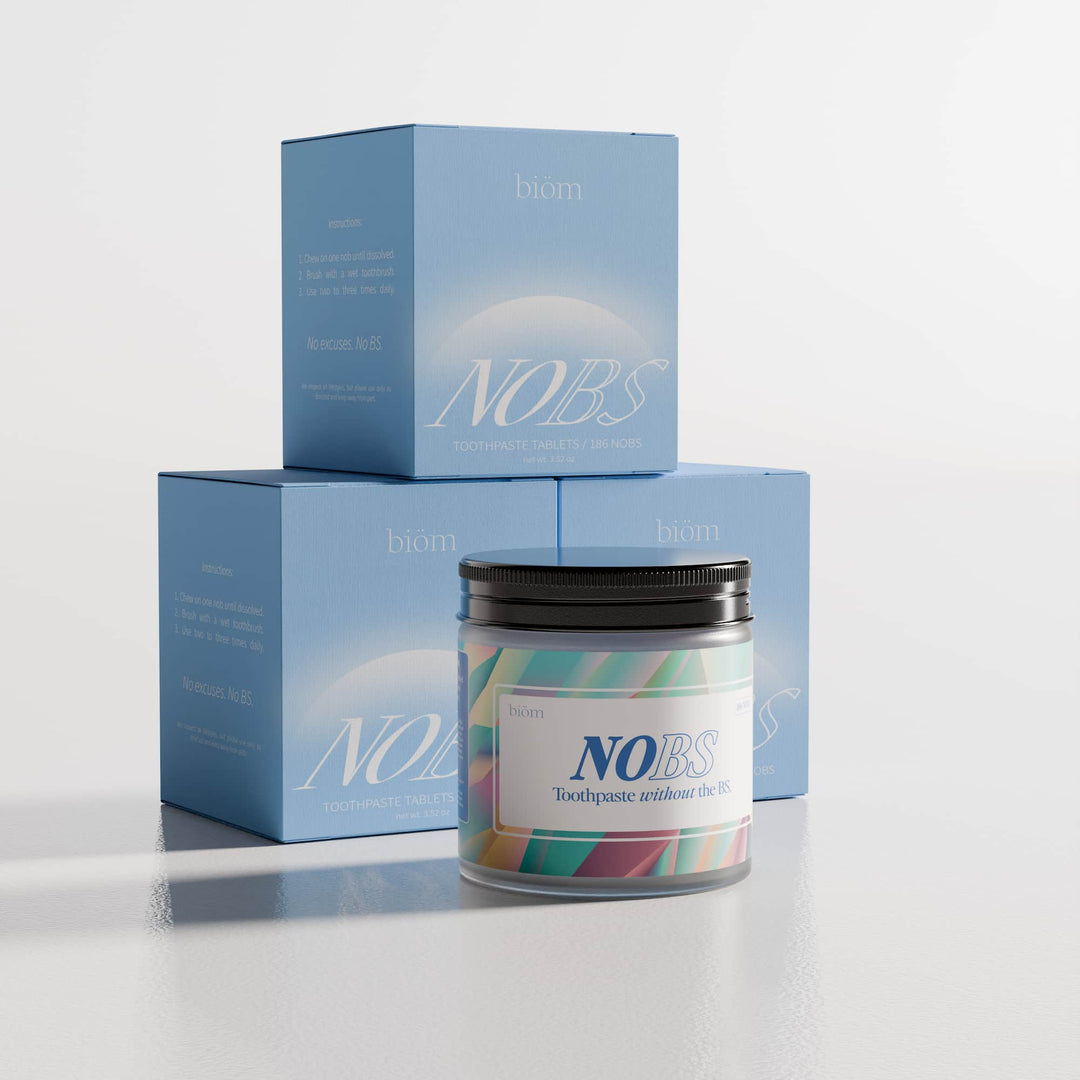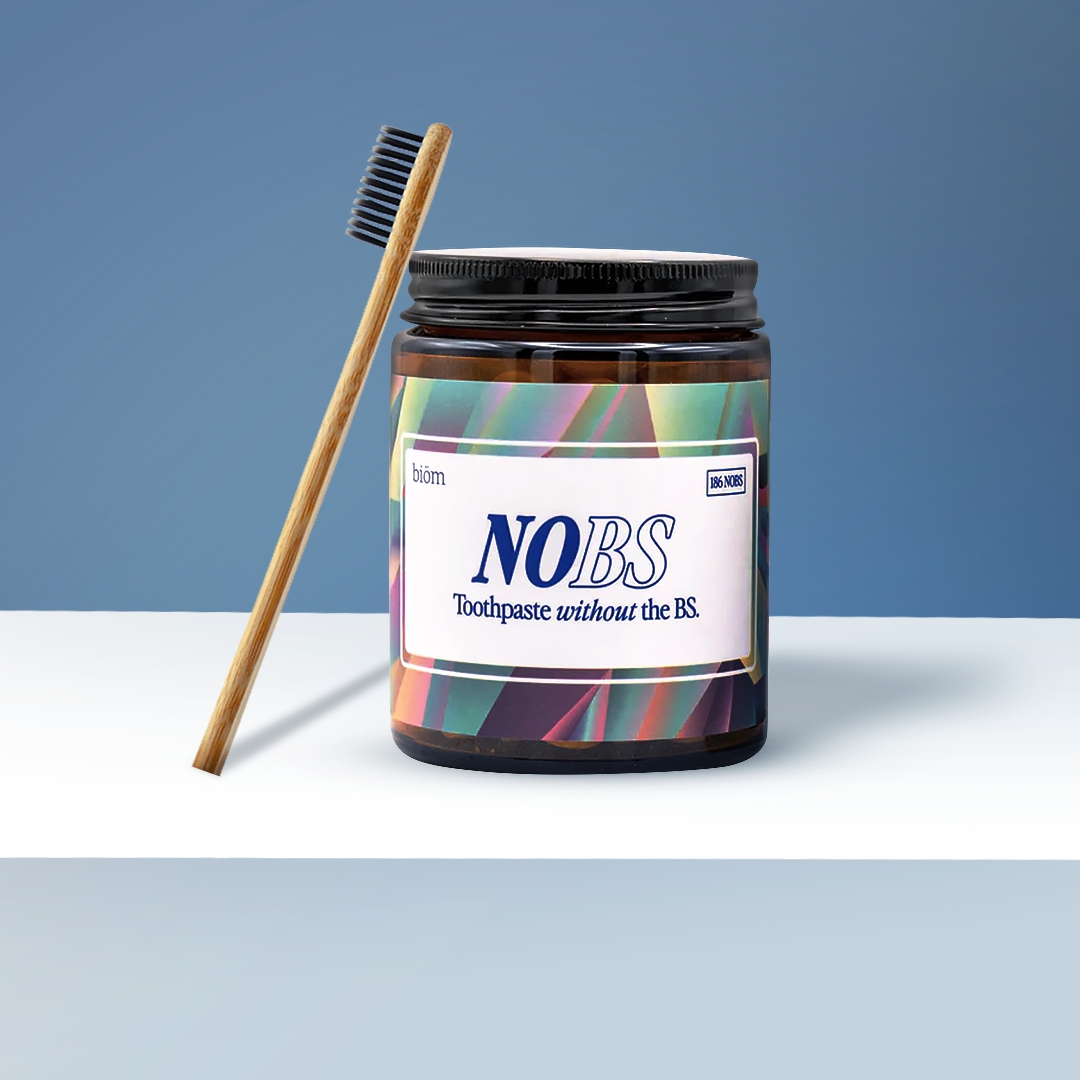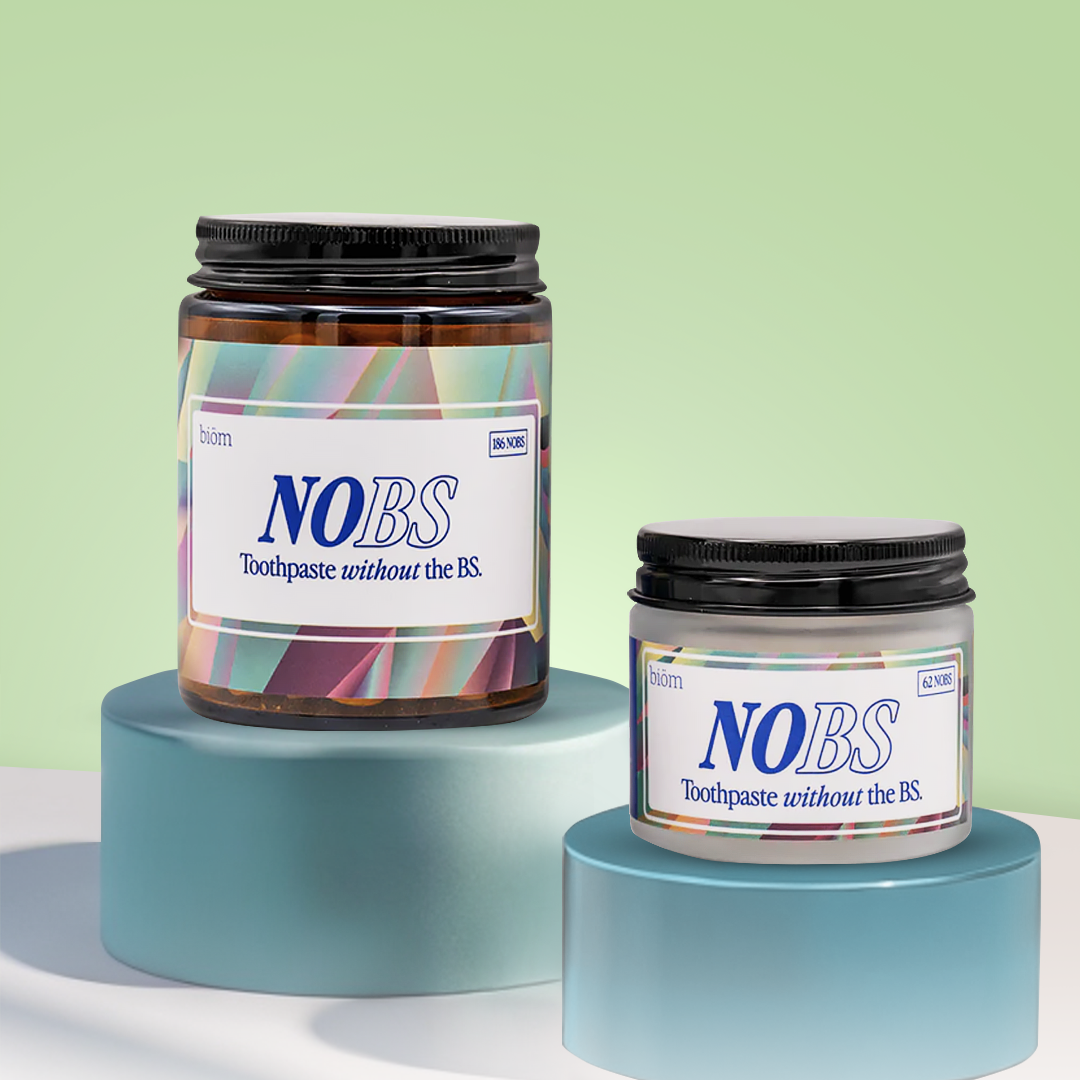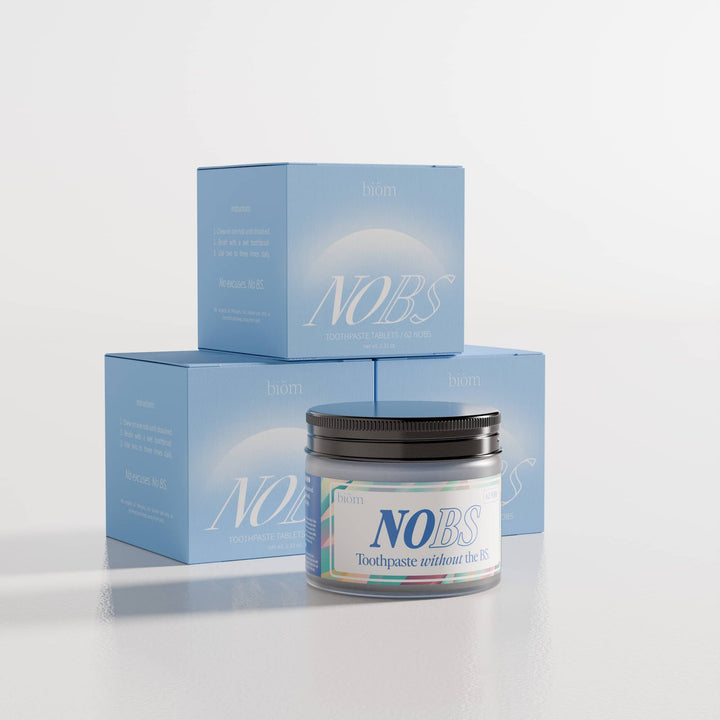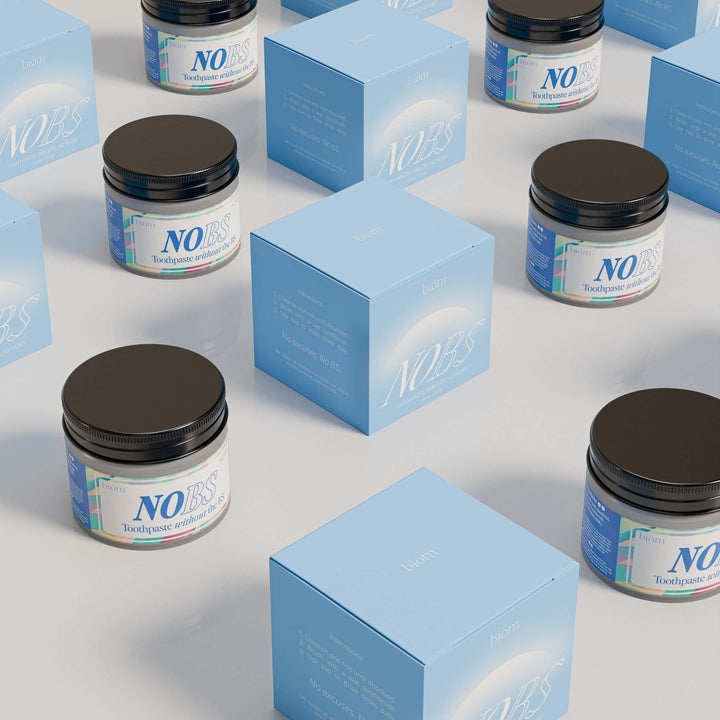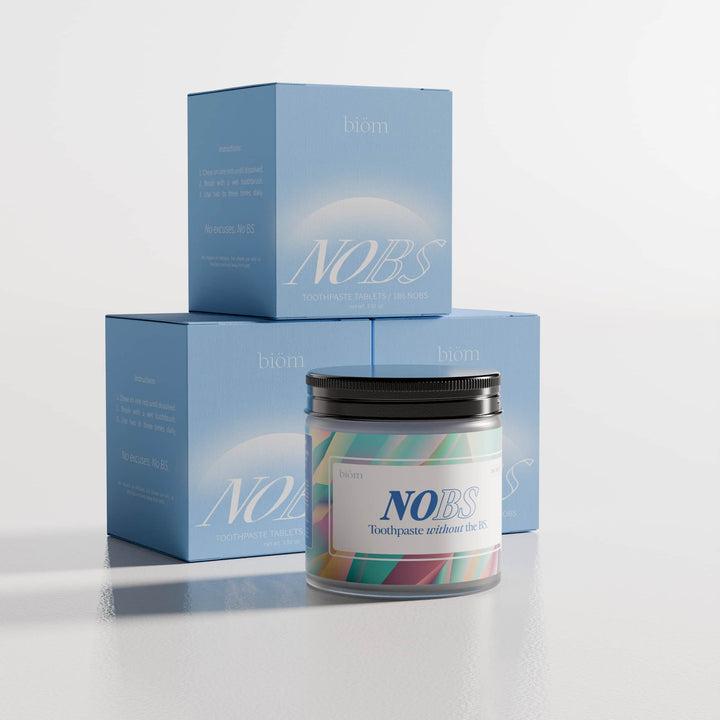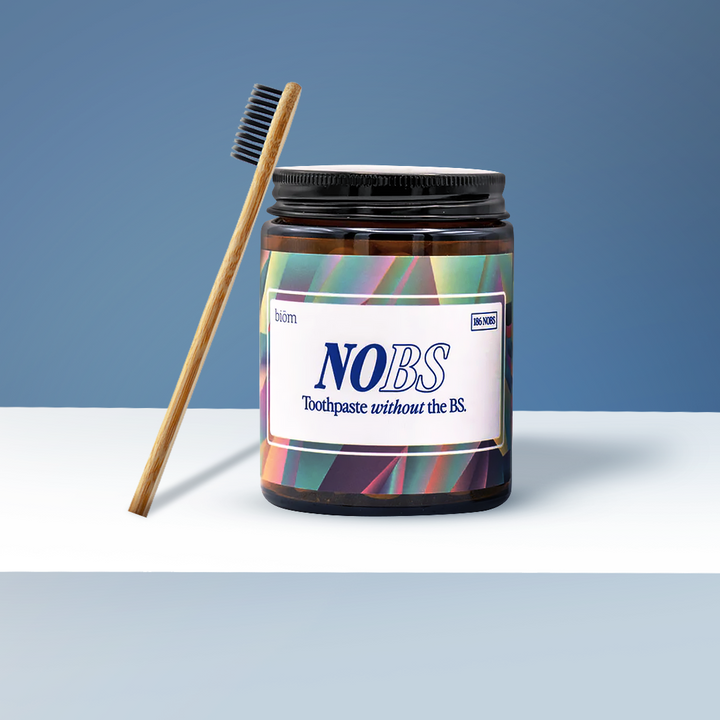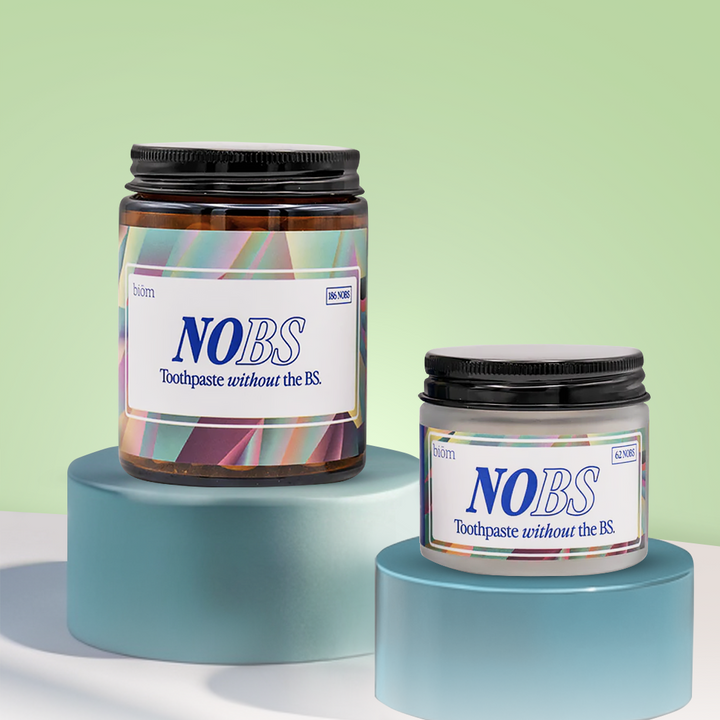What Causes Demineralization of Teeth?
Many of you wonder what causes demineralization of teeth. It happens when your tooth enamel loses minerals, leaving your teeth weak and prone to decay. Common culprits include acidic and sugary foods, poor dental hygiene, and dry mouth.
Acidic foods and beverages, such as citrus fruits, soda, carbonated water, and energy drinks, lower the mouth’s pH, softening enamel and making it more vulnerable to erosion. Similarly, a diet high in sugar and refined carbohydrates fuels harmful bacteria, increasing acid production and accelerating mineral loss.
Poor oral hygiene allows plaque buildup, leading to more acid attack on enamel. Infrequent brushing and flossing give bacteria time to thrive, further breaking down tooth structure.
Low saliva production also contributes to demineralization. Saliva is essential for neutralizing acids and replenishing lost minerals, so reduced flow leaves enamel unprotected.
Additionally, a lack of remineralizing agents, such as fluoride or nano-hydroxyapatite in toothpaste, leaves enamel more susceptible to erosion.
Understanding these causes is the first step in protecting your teeth.
Keep reading to learn everything you need to know about identifying the early signs of tooth demineralization, effective prevention strategies, and the best ways to naturally remineralize your enamel for a healthier, stronger smile!
What is the process of demineralization in teeth?

Tooth demineralization occurs when the enamel, the outermost layer of our teeth, begins to weaken and degrade. Tooth enamel, primarily composed of naturally occurring mineral content, is the hardest substance in the human body, boasting about 96% mineral content. When this enamel starts to lose its mineral content, it becomes more susceptible to tooth decay, sensitivity, and staining.
Plaque buildup plays a significant role in this process. When plaque mixes with bacteria, it forms acids that erode the enamel. This erosion can lead to rough tooth surfaces, making it easier for plaque and stains to accumulate over time. Understanding the demineralization process is pivotal in maintaining oral health and preventing severe dental issues like cavities and dental caries.
The demineralization of teeth is a natural process that can be influenced by various factors. From dietary choices to oral hygiene habits, numerous elements contribute to the weakening of our enamel. By recognizing and addressing these factors, we can take proactive steps to prevent teeth demineralization and promote tooth remineralization, ensuring our teeth remain strong and healthy.
Causes of Tooth Demineralization

Tooth demineralization is primarily caused by the interaction of acids with tooth enamel. These can be dietary acids or simply acids produced by the bad bacteria in our mouth.
Let’s walk through some of the main causes of demineralization:
Bad Bacteria & Plaque
Dental plaque is a thin, sticky film that naturally forms on our teeth. It consists of bacteria colonies that feed on sugars and carbohydrates from the foods we consume.
As they metabolize these sugars, bacteria like Streptococcus mutans produce lactic acid as a byproduct. This acid can gradually erode the minerals, primarily calcium and phosphate, from our teeth which leads to demineralization.
Regular brushing and flossing help remove dental plaque, reducing the presence of acid-producing bacteria and their harmful effects on enamel.
Dietary Acids
Consuming acidic foods and beverages can directly introduce acids into our mouths, disrupting our oral pH.
For example, citrus fruits, carbonated sodas, and fruit juices are naturally acidic. When these acidic substances come into contact with tooth enamel, they can weaken the enamel's mineral structure, making it more susceptible to demineralization.
Limiting the intake of acidic foods and practicing good oral hygiene can help mitigate the impact of these dietary acids on teeth.
Poor Oral Hygiene
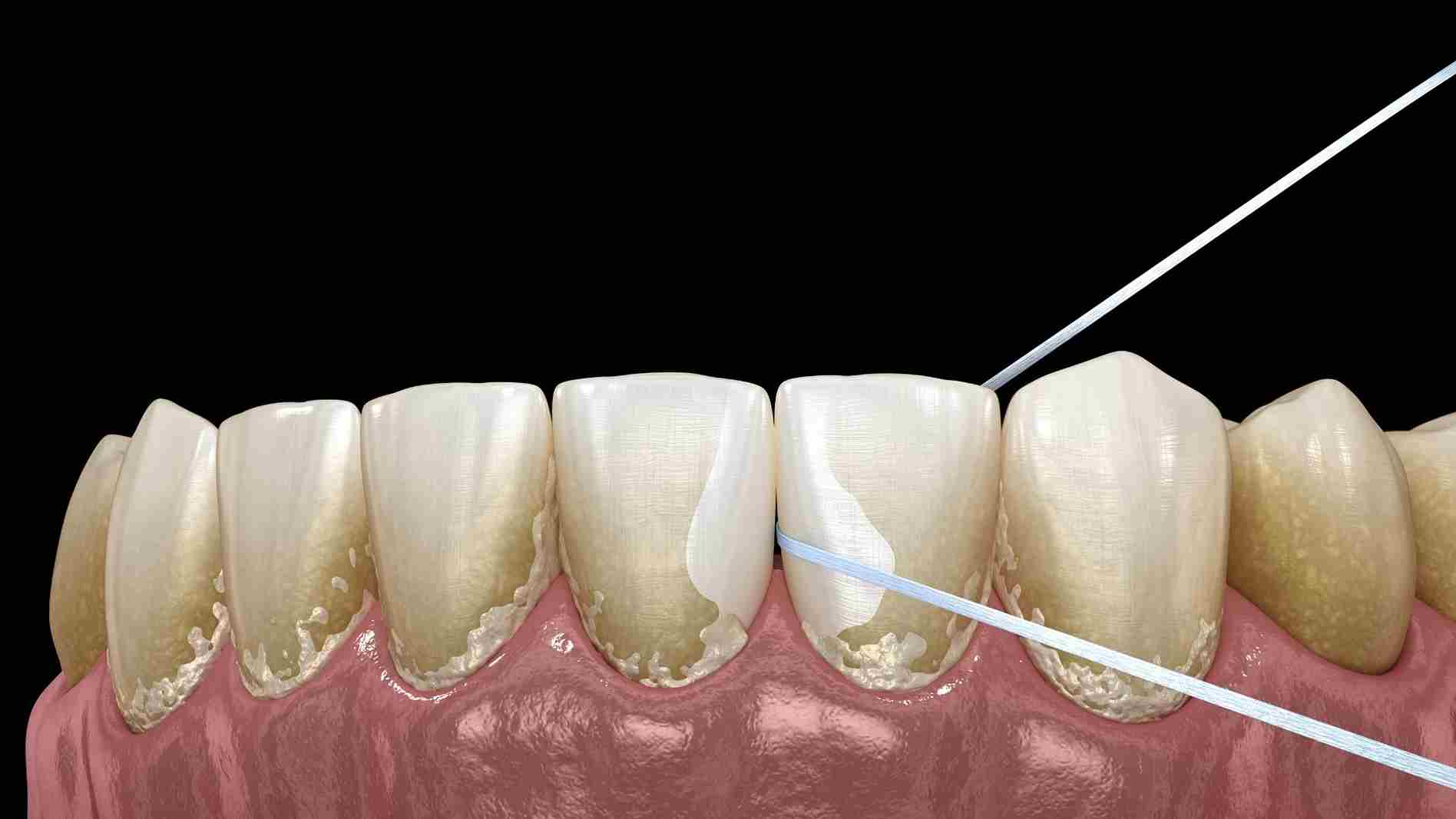
Inadequate oral hygiene practices, such as infrequent or insufficient brushing and flossing, can lead to dental caries accumulating on tooth surfaces.
When plaque is not regularly removed, it can provide a breeding ground for acid-producing bacteria. These bacteria thrive in the plaque and continuously generate acids as they metabolize sugars.
The prolonged exposure of teeth to these acids can result in demineralization, making regular and thorough oral care essential for preventing enamel damage.
Dry Mouth
Saliva is known for its ability to neutralize acids and support the remineralization of enamel. It's an essential component of your oral microbiome.
However, conditions that reduce salivary flow, such as certain medications, medical conditions, or dehydration, can leave the mouth dry. In a dry mouth environment, acids are not effectively neutralized, and the protective effects of saliva are compromised.
This can lead to an increased risk of enamel demineralization and tooth decay, making it essential for individuals with dry mouth to manage this condition effectively.
To combat dry mouth, certain toothpastes and chewing gums contain xylitol, a compound that has been proven to promote saliva production and normalize oral pH.
Acid Reflux
Conditions like acid reflux (gastroesophageal reflux disease or GERD) or frequent vomiting expose teeth to stomach acids, which are highly acidic and corrosive.
When these strong acids come into contact with tooth enamel, they can rapidly erode the minerals from the enamel surface, leading to demineralization.
Individuals with these conditions are at an elevated risk of enamel damage, and managing acid reflux or vomiting episodes is crucial for protecting dental health.
What are the early signs of tooth demineralization
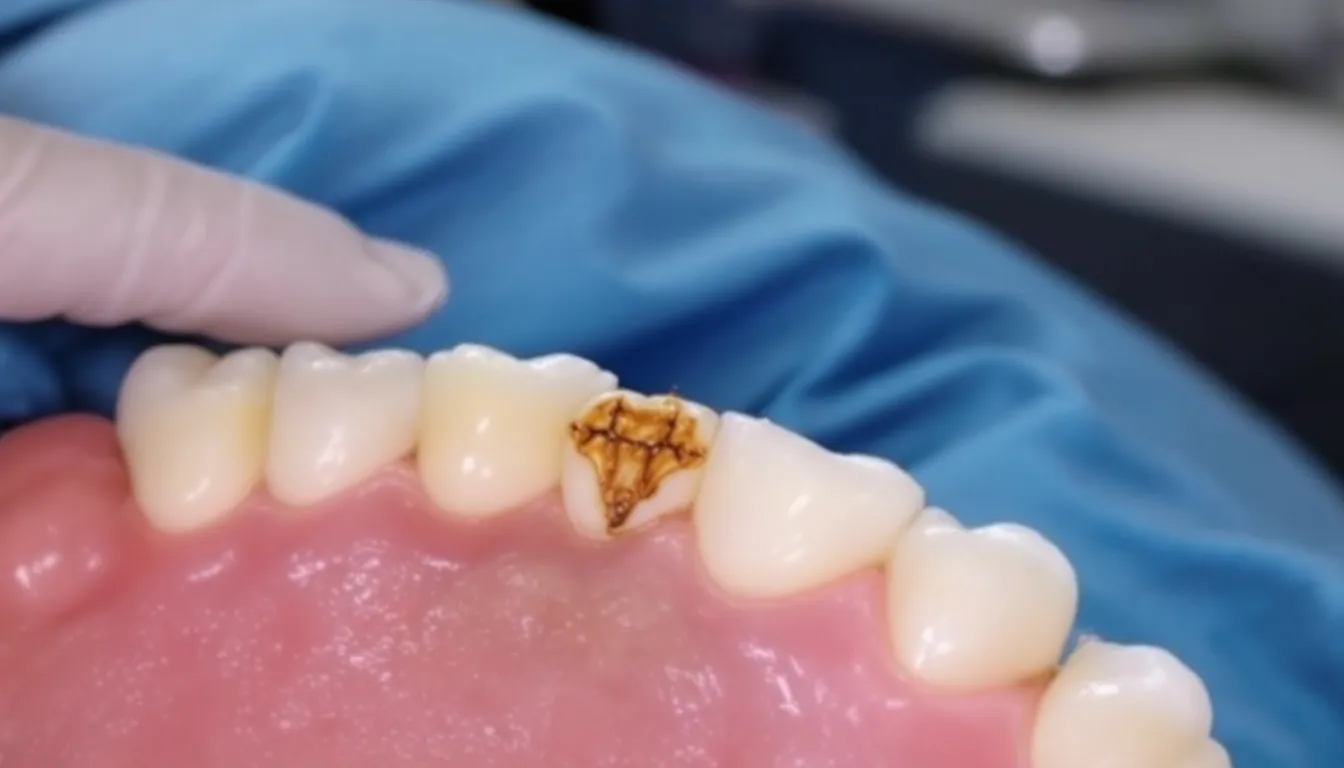
Signs of tooth demineralization are often subtle at first but can become noticeable with time.
One of the earliest indicators is the appearance of white spot lesions on the enamel surface, which appear chalky and signify areas where minerals have been lost.
The Journal of the American Dental Association describes these white spots as initial markers of enamel erosion that, if untreated, can lead to cavities.
Increased sensitivity to hot, cold, or sugary foods is another common symptom, as mineral loss exposes the dentin beneath the enamel, which contains nerve pathways, leading to discomfort when exposed to temperature changes. This exposure can make daily activities, like eating or drinking, uncomfortable.
In addition to white spots and sensitivity, rough or chalky textures on the tooth surface can indicate early demineralization.
Studies suggests that as minerals are lost, the enamel becomes more porous and prone to plaque accumulation, increasing the risk of further decay. This porosity may also change the appearance of teeth, causing them to look dull or faded rather than their natural translucency.
Increased plaque buildup on demineralized surfaces further exacerbates mineral loss, creating a cycle that weakens the enamel even more if preventative measures aren’t taken.
That's why recognizing these early signs is crucial for effective intervention, as my regular brushing with nano-hydroxyapatite toothpaste, flossing, and other oral care treatments (like fluoride applications) can help remineralize affected areas and restore enamel strength before more serious damage occurs.
Can brushing too hard cause tooth demineralization?
Yes, while brushing your teeth is essential for maintaining oral health, brushing too hard can actually contribute to tooth demineralization.
Excessive brushing can lead to the erosion of tooth enamel, making it more susceptible to demineralization.
This is particularly true if you brush aggressively soon after consuming acidic foods or drinks, which can weaken the enamel and accelerate its wear. Over time, this can also cause tooth sensitivity and gum recession.
To prevent this, use a soft-bristled toothbrush and gentle, circular motions instead of scrubbing aggressively. Brushing properly helps clean teeth without damaging the enamel.
It's also essential to avoid brushing right after eating acidic foods, as enamel is softer and more prone to damage.
Most importantly, choose a remineralizing toothpaste with nano-hydroxyapatite to help restore enamel and protect against further damage. Practicing gentle brushing habits and using the right products will keep your teeth strong and healthy.
How to Prevent Tooth Demineralization
Preventing tooth demineralization involves a combination of proper oral hygiene, healthy dietary choices, and staying hydrated. By adopting these practices, you can protect your enamel from erosion and maintain healthy teeth.
Let’s explore these preventive measures in more detail.
Brush with Nano Hydroxyapatite Toothpaste

Nano hydroxyapatite toothpaste contains tiny particles of a synthetic form of hydroxyapatite, a mineral naturally found in your teeth and bones.
Brushing with this toothpaste can help strengthen enamel by depositing nano hydroxyapatite particles onto tooth surfaces. These particles bond with enamel, fill in minor surface defects, and promote remineralization. In fact, studies show that nano hydroxyapatite is effective at remineralizing teeth and reducing sensitivity in as little as 8 weeks.
Using nano hydroxyapatite toothpaste as part of your daily oral care routine can contribute to maintaining strong and healthy teeth.
Floss with Expandable Floss Daily

Daily flossing with expandable floss is an excellent way to remove food particles and plaque from between your teeth and along the gumline. This practice supports overall oral health and reduces the risk of enamel demineralization by preventing the buildup of harmful bacteria and acids in these hard-to-reach areas.
We recommend using expandable floss at least three times per week but preferably daily for best results.
Use a Tongue Scraper Daily
Tongue scraping helps remove bacteria and debris from the tongue's surface, promoting fresher breath and reducing the presence of harmful microorganisms in the mouth.
Maintaining a cleaner oral environment can indirectly support remineralization by minimizing the impact of harmful bacteria.
Use Alcohol Free Mouthwash
Alcohol-free mouthwash can be a gentle choice for maintaining oral hygiene. It helps freshen your breath, reduce the growth of harmful bacteria, and provide supplement your usual routine of brushing and flossing.
Using alkaline mouthwash can help maintain a favorable environment for remineralization, especially when needed for additional oral care.
Ultimately, oil-pulling mouthwashes do not contribute to remineralization. For this process, it’s important to use alcohol-free mouthwash that provide several benefits.
Avoid Charcoal Toothpaste
Despite its popularity, charcoal toothpaste can be unecessarily abrasive and potentially harmful to enamel. Its abrasive nature can lead to enamel erosion, counteracting the remineralization process.
Instead, we recommend avoiding charcoal toothpaste choosing toothpaste with proven remineralizing agents like nano hydroxyapatite instead.
Avoid Sugary and Acidic Foods in Your Diet
Limiting the consumption of acidic and sugary foods and beverages is crucial for preventing enamel demineralization. These items can weaken enamel and contribute to dental issues.
To prevent issues with demineralization, we recommend that you reduce your consumption of acidic and sugary foods. Further, you can also rinse your mouth out with water or alcohol free mouthwash to neutralize the acidic and restore the natural pH of your mouth.
Stop Smoking Cigarettes
Smoking cigarettes can have detrimental effects on oral health, including an increased risk of gum disease, tooth decay, and oral cancer. Quitting smoking is a significant step toward supporting both your overall and dental health.
Boost Saliva Production
Increasing saliva production is one of the best ways to restore tooth enamel. Saliva contains key elements like calcium and phosphate, which can neutralize harmful dietary acids and aid in tooth remineralization. Saliva also acts as the body’s natural defense against acid erosion.
Chewing sugar-free gum or using xylitol toothpaste helps stimulate saliva flow, which protects enamel from acid wear and mineral loss. Xylitol not only enhances saliva production but also reduces cavity-causing bacteria. Always choose products that carry the American Dental Association's Seal of Acceptance.
Can teeth remineralize after demineralization?

The good news is that teeth can remineralize after demineralization with the right conditions and care.
Using remineralizing toothpastes, such as those containing nano-hydroxyapatite, can help restore lost minerals to the enamel.
This process involves the incorporation of essential minerals like calcium and phosphate back into the enamel, strengthening it and making it more resistant to future acid attacks.
By maintaining good oral hygiene and using products designed to promote remineralization, you can help restore your enamel and protect your teeth from further damage.
How long does remineralization take?
Studies show that toothpaste with nano hydroxyapatite can promote enamel remineralization in as little as 8 weeks.
However, the process is gradual and varies depending on factors like the extent of enamel damage. Minor surface defects or early enamel lesions heal faster than deeper damage.
For early decay, such as white spot lesions, remineralization may begin within weeks of using the nano hydroxyapatite toothpaste.
To fully repair enamel and lower the risk of cavities, ongoing care is needed, including a low-acid diet, good oral hygiene, and consistent use of remineralizing agents.
Does nano hydroxyapatite toothpaste remineralize teeth?
Yes, nano-hydroxyapatite toothpaste has shown significant promise in enamel remineralization.
Nano-hydroxyapatite is a tiny, synthetic version of the natural mineral that makes up most of our tooth enamel. Studies indicate it can outperform fluoride in restoring enamel microhardness by bonding with proteins and bacteria, seamlessly integrating into the tooth structure.
Research shows that nano-hydroxyapatite fills microscopic defects, strengthening enamel and reducing sensitivity by blocking open dentinal tubules. It also forms a protective layer against acid attacks from food, drinks, and bacteria.
Unlike fluoride toothpaste, which depends on saliva for remineralization, nano-hydroxyapatite directly supplies essential minerals, making it beneficial even for individuals with low saliva production.
Additionally, some studies indicate it may reduce bacterial adhesion, lowering the risk of cavities and gum disease. Its biocompatibility and non-toxic nature make it a compelling fluoride-free alternative for oral health.
Overall, using nano-hydroxyapatite toothpaste every day can make your enamel stronger and protect it from damage. It helps replace lost minerals, keeping your teeth healthy and reducing the risk of cavities and other dental problems.
Are there any other benefits of nano hydroxyapatite besides remineralization?
Yes! nano hydroxyapatite does more than just remineralize your teeth.
For one, it helps reduce sensitivity by filling in tiny holes in your enamel and dentin, making your teeth less reactive to hot and cold foods.
Plus, research indicates that it forms a protective layer, which helps prevent cavities and plaque buildup over time. It also makes your teeth look whiter and smoother without using harsh chemicals.
Unlike fluoride, which may cause fluorosis (white or brown stains on teeth) if overused especially in children, nano hydroxyapatite is a safe and natural alternative. Studies also show that it can help fight bacteria that cause bad breath, keeping your mouth fresher for longer.
So, with regular use, nano hydroxyapatite keeps your teeth stronger, healthier, and more resistant to everyday damage!
Final Thoughts

Tooth demineralization is a gradual process, but with the right care, it can be prevented and even reversed.
By maintaining good oral hygiene, avoiding acidic and sugary foods, and using remineralizing toothpaste like nano-hydroxyapatite, you can protect your enamel and keep your teeth strong.
Simple habits such as brushing gently, staying hydrated, and increasing saliva production, go a long way in preserving your smile.
Making smart choices today will help ensure your teeth stay healthy for years to come. Invest in your oral health, and your smile will thank you!
Frequently Asked Questions
How do you fix demineralized teeth?
Demineralized teeth happen when minerals are lost from the enamel, making them weaker. However, you can reverse demineralization by using nano-hydroxyapatite toothpaste, which helps rebuild and strengthen enamel. Eating calcium-rich foods and maintaining good oral hygiene also protect your teeth.
What causes hypomineralized teeth?
Hypomineralized teeth have weak enamel, making them sensitive and more likely to get cavities. This can be caused by genetics, childhood illnesses, poor nutrition, or too much fluoride. Using a remineralizing toothpaste with nano hydroxyapatite can help strengthen and protect the enamel. Also, by avoiding acidic foods and visiting the dentist regularly can prevent further damage.
What can cause demineralization?
Demineralization happens when acids wear away the minerals in your tooth enamel. This can be caused by sugary or acidic foods, poor oral hygiene, or frequent snacking. Bacteria in plaque also produce acids that weaken enamel and make teeth more likely to decay. To strengthen your teeth and protect them, use a remineralizing toothpaste with nano hydroxyapatite, which helps rebuild lost minerals and prevent further damage.
What are the symptoms of demineralization of teeth?
The symptoms of demineralization include white spots on the enamel, increased tooth sensitivity, and a rough or chalky texture. Teeth may also appear dull or discolored as minerals are lost. If left untreated, demineralization can lead to cavities and further enamel damage.
What do demineralized teeth look like?
Demineralized teeth often have white, chalky spots where minerals have been lost. The enamel may look dull, rough, or slightly discolored compared to the rest of the tooth. If the demineralization worsens, the teeth can develop brown spots or cavities.


